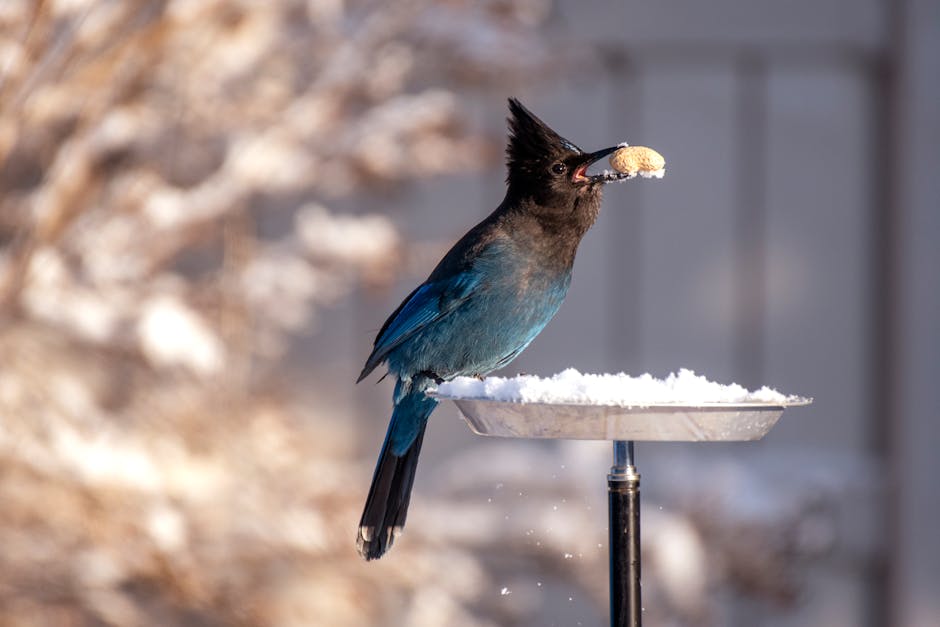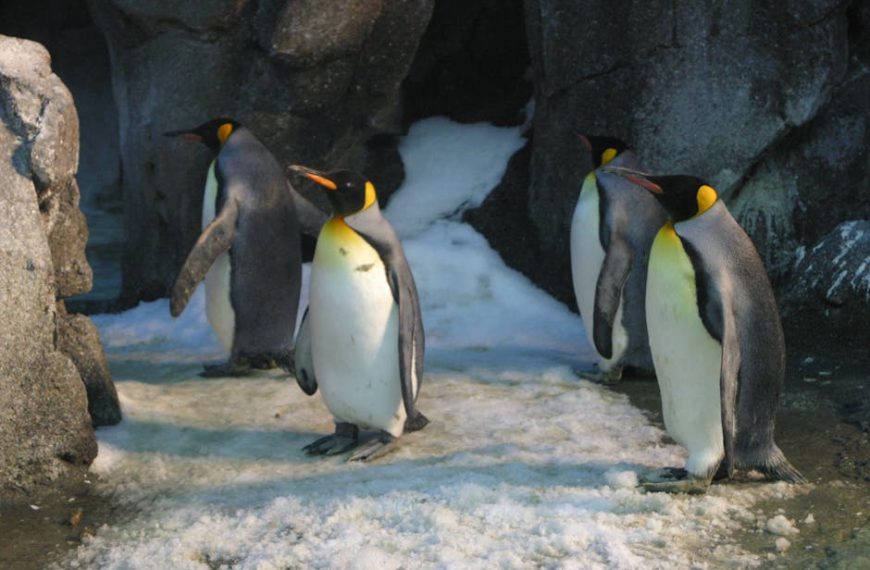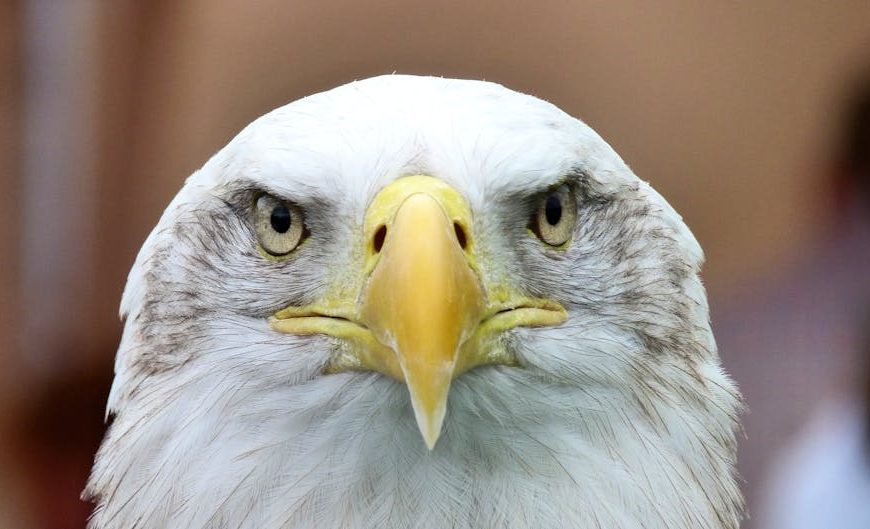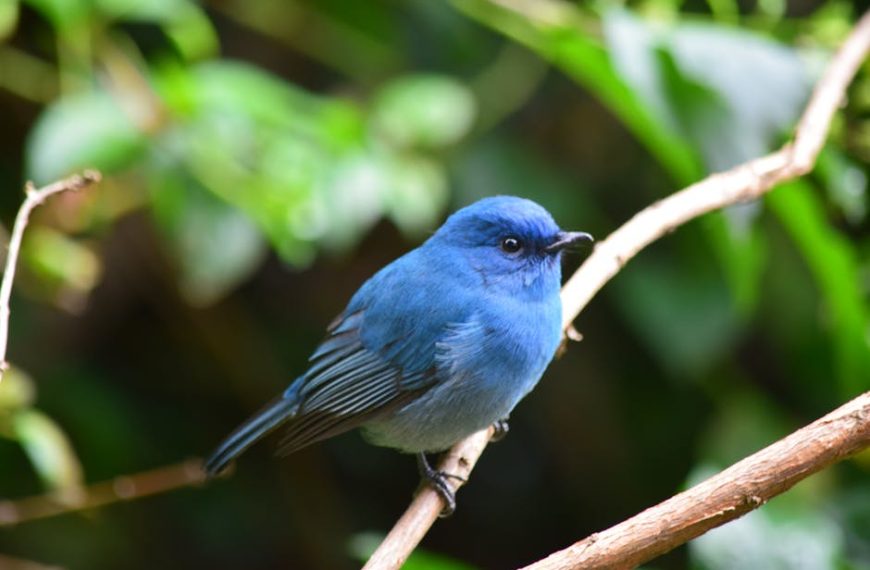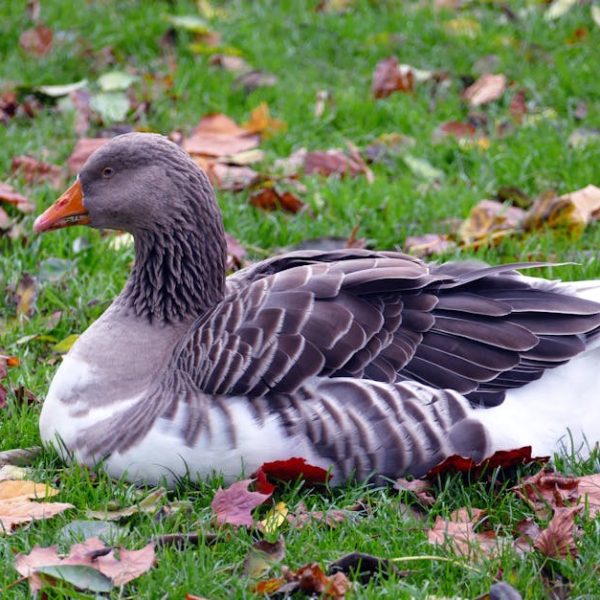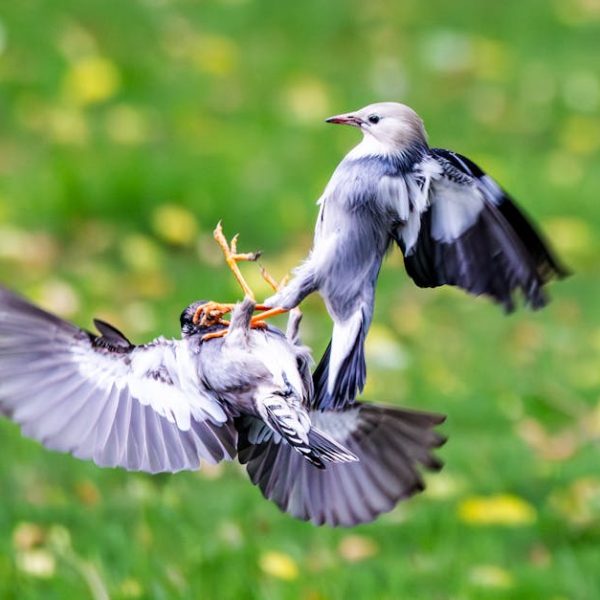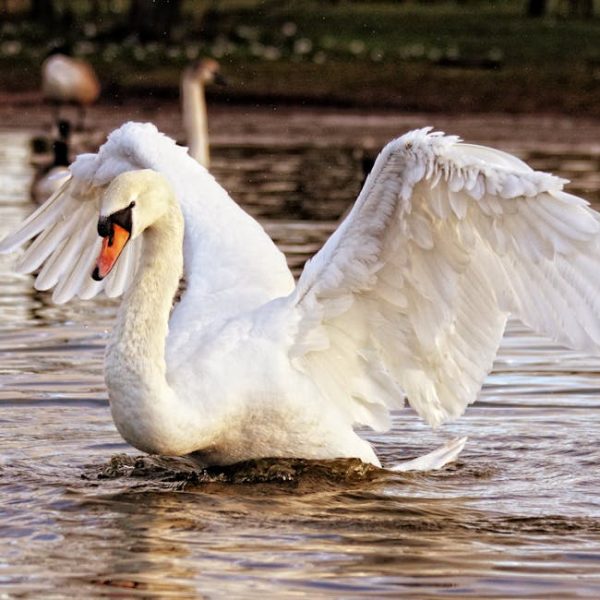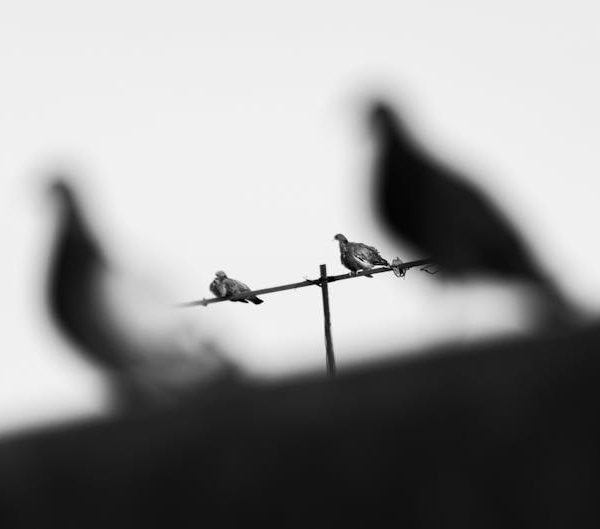Just as humans use speech to convey messages, birds have their own intricate language, comprising songs, calls, and even body language. Among these myriad communications, beak clicking stands out, offering unique insights into avian interactions. Many bird species, such as African Grey Parrots, Cockatiels, and Budgerigars, are well-known for their beak clicking prowess. Predominantly characterized by rapid, rhythmic meetings of the beak, this behavior is influenced by various factors, ranging from mood, social dynamics, health issues, and more.
Recognizing different bird sounds and gestures is key to understanding bird language better. Regularly observing and listening to a variety of birds can help discern their unique calls, sounds, and non-verbal cues, including beak clicking.
Beak Clicking as an Expression of Emotion or Mood
Much like a cat’s purr or a dog’s wagging tail, a bird’s beak clicking could denote various emotional states. Excitement, fear, or even territoriality might be expressed through this behavior. For instance, a content bird might click its beak as a show of satisfaction, much like how a cat might purr when pleased. But, the same behavior, under different circumstances, could indicate fear or discomfort. Therefore, interpreting the emotional implications of beak clicking requires context and keen observational skills.
| Emotion/Mood | Sound/Movement |
|---|---|
| Excitement | Rapid beak clicking, high-pitched chirps |
| Fear | Loud, rapid beak clicking accompanied by ruffled feathers |
Health Issues Signaled by Beak Clicking
While it’s normal for birds to click their beaks, excessive or abnormal clicking could be a cause for concern. Respiratory infections, beak disorders, and anxiety-related issues are just a few health problems that could manifest through unusual beak clicking. Other signs to watch for include changes in eating or grooming habits, change in droppings, or noticeable discomfort.
Providing prompt care and attention to birds showing abnormal beak clicking or associated symptoms is vital. If your bird exhibits out-of-the-ordinary behavior, it’s recommended to consult a vet.
Bird are expressive creatures that communicate in a fascinating range of sounds and motions. A fundamental understanding of their language, such as beak clicking, can enable bird lovers to better care for these charming beings and further enrich their interactions.
In the following section, we will delve deeper into the role of beak clicking in birds’ social interactions and mating rituals, providing a comprehensive understanding of its impact on bird society. We will round off with an exploration of the implications of beak clicking for bird owners, trainers, and watchers.
The Role of Beak Clicking in Birds’ Social Interactions and Mating Rituals
Beak clicking has an important role in bird-to-bird communication, extending to social dynamics and even mating rituals. For instance, two birds might engage in beak clicking as a form of bonding gesture or ‘beak wrestle’ indicating a playful interaction. On the other hand, beak clicking at a rival in a territorial dispute could display dominance. Similarly, during mating rituals, males of some species may entice females by producing rhythmic clicking sounds.
However, the influence of beak clicking isn’t uniformly positive across all bird species. Over-aggressive beak clicking may sometimes disrupt harmony within a socially sensitive flock.
| Ritual/Behavior | Pro’s | Con’s |
|---|---|---|
| Mating Display | Attracts potential mates | May provoke rival males |
| Playful Interaction | Strengthen bird bonds | Could turn aggressive if boundaries are not respected |
Implications of Beak Clicking for Bird Owners, Trainers, and Watchers
Understanding the language of birds, including behaviors like beak clicking, can significantly enrich the bird-human relationship. This knowledge allows bird owners, trainers, and watchers to interact more meaningfully with birds, fostering deeper connection. For instance, a trained ear can detect mood changes in a pet bird by observing their beak clicking, leading to better caretaking.
Here are some practical tips:
- Understand the context: Always interpret a birds’ beak clicking along with other visible signs that may suggest their current emotional state or needs.
- Monitor regularly: Keep an eye on your bird’s beak-clicking frequency. Abnormal or excessive beak clicking may indicate health issues.
- Respond appropriately: Reacting positively to normal beak clicking can help build trust with your bird.
Conclusion
Whether it’s a means of communication, an expression of mood, or a symptom of potential health issues, beak clicking is an intriguing aspect of bird behavior. As bird lovers—be it owners, trainers, or watchers—it’s our role to decode this unique language, enriching our experiences with these magnificent creatures. We hope this guide has shed light on the enigmatic world of birds and helped you understand why birds click their beaks. So, the next time you hear that distinctive sound, you’ll be better equipped to interpret the message it carries.
Key Takeaway:
- Beak clicking is a form of communication among birds similar to songs, calls, or body language.
- This behavior can express different mood swings or emotional states like excitement, fear, and territoriality.
- Abnormal beak clicking can indicate health issues such as respiratory infections or beak disorders.
- The act of beak clicking has relevance in birds’ social dynamics, especially in mating rituals, bonding gestures, and dominance displays.
- Understanding beak clicking behavior can help bird owners, trainers, and watchers to interact and care for birds more productively and effectively.
It’s intriguing to realize just how expressive birds can be through behaviors like beak clicking. Being aware of this can significantly enrich our interactions and relationships with these fascinating creatures. So next time you observe a bird, listen closely, be observant and enjoy your renewed understanding of their unique language.
FAQs
Q: Can beak clicking indicate a happy or satisfied bird?
A: Yes, similar to a cat’s purr, a bird might click its beak to express contentment or satisfaction. However, context and additional non-verbal cues are crucial to accurately interpret the bird’s emotion.
Q: Does excessive beak clicking always indicate a health issue?
A: Not necessarily, but excessive or abnormal beak clicking could be a sign of potential health issues like respiratory problems, beak disorders, or anxiety-related problems.
Q: Can understanding beak clicking aid in better bird training?
A: Absolutely, understanding beak clicking and associated behaviors can enhance the bird-human connection, making training more meaningful and effective.
Q: Are all birds capable of beak clicking?
A: While not all birds are known for beak clicking, many species do, with this behavior playing a significant role in their communication repertoire.
Q: Does beak clicking have a role in bird’s mating rituals?
A: Yes, beak clicking can indeed play part in bird’s mating rituals. For example, males of some species may entice females by producing rhythmic clicking sounds.
Feel free to share this enlightening article with other bird lovers and enthusiasts. Explore more posts on our website to better understand and appreciate our avian friends.
